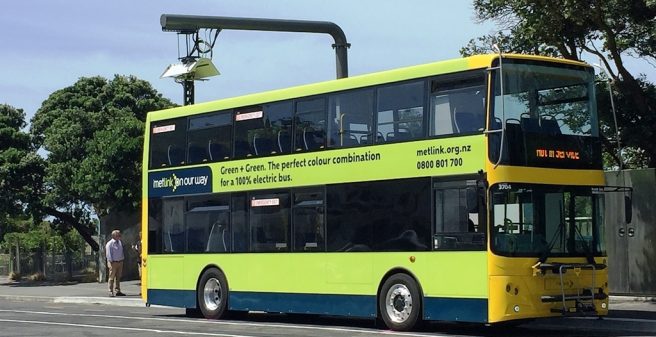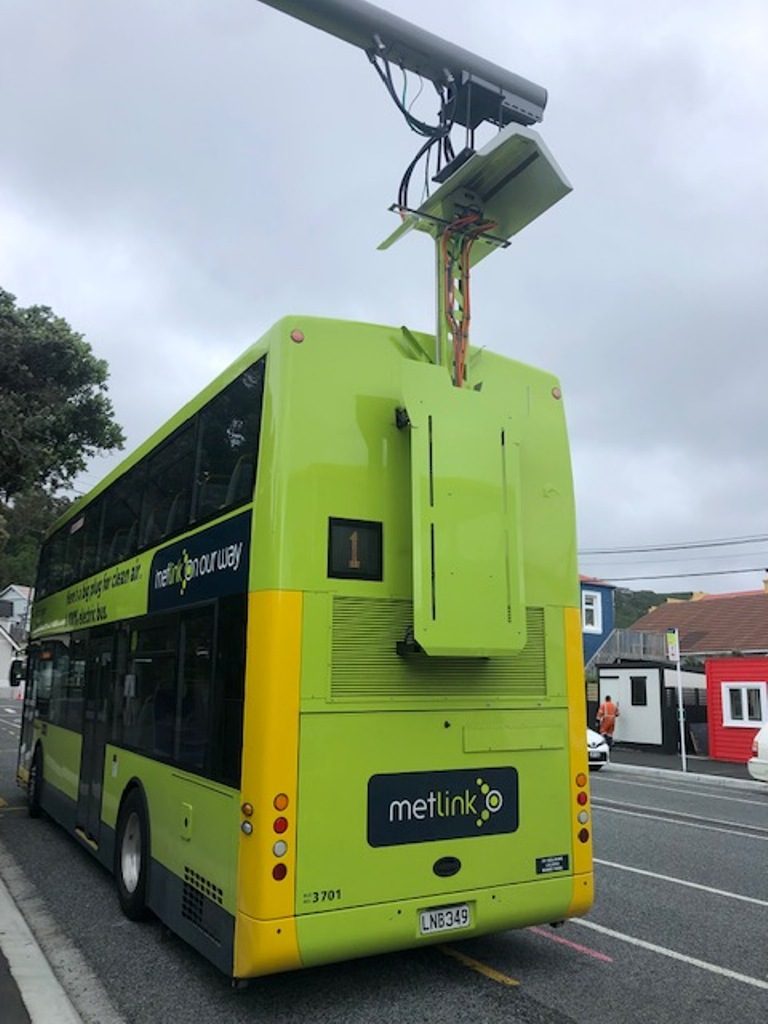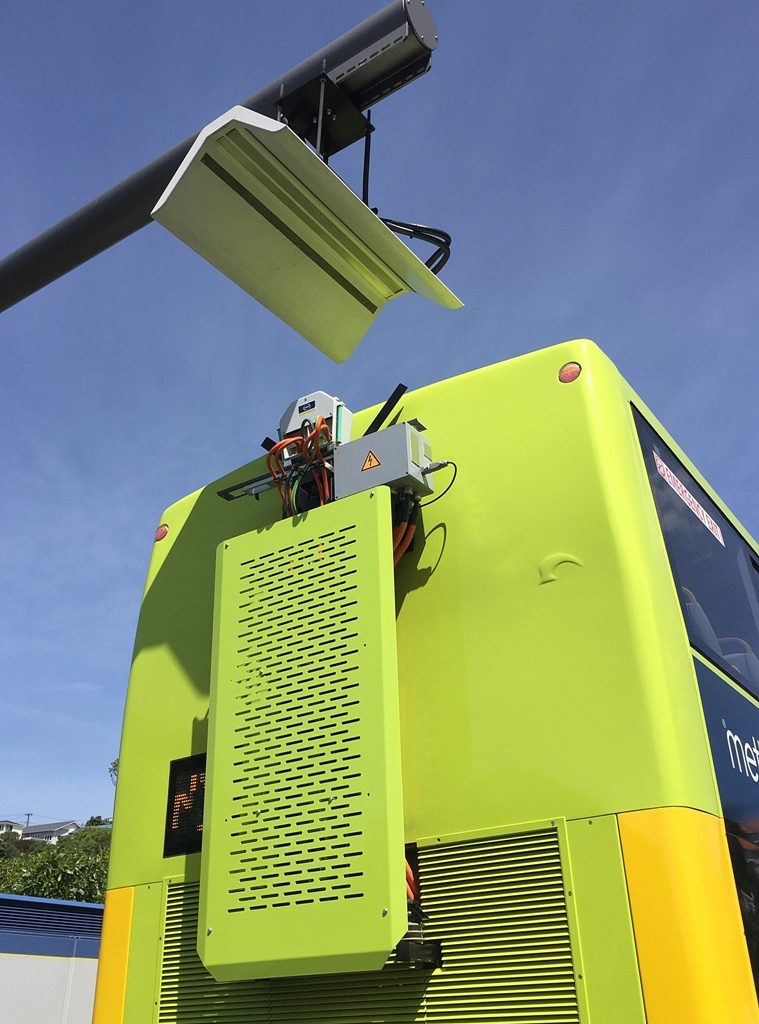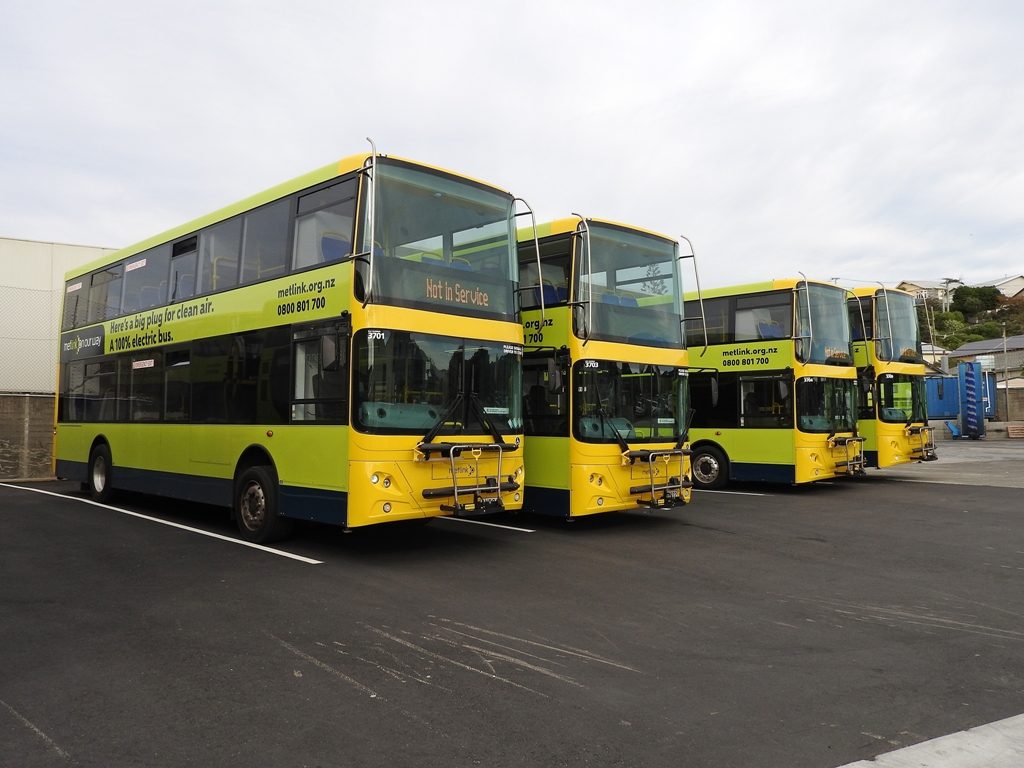Koristite zastareli preglednik. Možda se neće pravilno prikazivati ova ili druge veb stranice.
Trebalo bi da nadogradite ili koristite alternativni preglednik.
Trebalo bi da nadogradite ili koristite alternativni preglednik.
Електрични аутобуси / Elektricni autobusi / E-buses
- Začetnik teme Somi303
- Datum pokretanja
Па зато што не гледаш 95 у својству да га гледаш од Блокова рецимо до Панчевца, ту је критична маса свих људи одатле... Ти очигледно ниси скоро био у Блоку 45, и мораћеш и ти и појединци на форуму да се помирите да ће исти постојати увек, а не како замишљате да га правите да се дели на два дела!
95 ће становницима блокова јужно од Јурија Гагарина и Северно од Војвођанске итекако бити потребан, јер нико није луд и блесав, да се трпа у већ препуне 71 и 601... Скорашњим изменама реда вожње радним данима на 71 и 601, су направљена померања за 10 минута на више, да народ уколико не дође 95, буде омогућено да оде до Савског Трга или Зеленог Венца и одатле на те аутобуске линије... Последњи 95 из Борче је препун чак и на претпоследњој станици, али добро директор зна боље од мене јбг...
Ode tema u...  dakle, ideja je samo prepraviti 95 u elektro autobus sa trolama. Jer je jako dugačka linija i mislim da nije rentabilno da bude samo na baterije. No ni to nije nemoguće. I onda ako bi se već radila prepravka ja sam za to da se uvede žuta linija u JG i na zrenjanincu jer se tu 95 najviše glavi i usporava, i za to da se uvedu kružni tokovi koji su svakako neophodi da se poveća propusna moć raskrsnica. I onda ultimativno rešenje/dodatak je ubaciti i metro, metro ne bi trebao da ukine ni 95 ni tramvaje već da pokupi teži deo putnika i rastereti tu trasu. Onaj most na gornjem špicu Ade takođe treba da rastereti, samo ne celu deonicu nego deo JG bliži centru grada. Dakle dati ljudima više opcija i jednu brzu varijantu. I smanjiti troškove. A onda ako neka linija prestane da se koristi možda je i izbaciti ili zameniti nečim što bi se koristilo. Tim rešenjima iza bloka 45 može da se doda još neki. Tako da bi metro i ceo taj sistem bili i razvojni.
dakle, ideja je samo prepraviti 95 u elektro autobus sa trolama. Jer je jako dugačka linija i mislim da nije rentabilno da bude samo na baterije. No ni to nije nemoguće. I onda ako bi se već radila prepravka ja sam za to da se uvede žuta linija u JG i na zrenjanincu jer se tu 95 najviše glavi i usporava, i za to da se uvedu kružni tokovi koji su svakako neophodi da se poveća propusna moć raskrsnica. I onda ultimativno rešenje/dodatak je ubaciti i metro, metro ne bi trebao da ukine ni 95 ni tramvaje već da pokupi teži deo putnika i rastereti tu trasu. Onaj most na gornjem špicu Ade takođe treba da rastereti, samo ne celu deonicu nego deo JG bliži centru grada. Dakle dati ljudima više opcija i jednu brzu varijantu. I smanjiti troškove. A onda ako neka linija prestane da se koristi možda je i izbaciti ili zameniti nečim što bi se koristilo. Tim rešenjima iza bloka 45 može da se doda još neki. Tako da bi metro i ceo taj sistem bili i razvojni.
Дошљак
Professional
- Učlanjen(a)
- 31.10.2014.
- Poruke
- 39.086
- Pohvaljen
- 69.551
По мени 95 највише губи такт од сужења у Деспота Стефана до Зеленог венца. Идеја за аутономне зглобне тролејбусе (или електробусе са тролама) на 95 оправдана из угла екологије и уштеде. А логично је да ни то решење неће смањити оптерећење те линије.
busspoter
Higher intermediate
- Učlanjen(a)
- 06.02.2018.
- Poruke
- 1.662
- Pohvaljen
- 4.392
busspoter
Higher intermediate
- Učlanjen(a)
- 06.02.2018.
- Poruke
- 1.662
- Pohvaljen
- 4.392
Ja kad sam se vozio, bio je super. Vidim samo u par navrata da su bili nageti u neku stranu, problemi sa visinom. Klima im radi super, ali ovo je ipak E-bus. Ne znam kakvi su sa dizel motorom, i kakva je izolacija i sve, ali ovi sa Emotorom su po meni sasvim pristojni.
Ниси ти лепо чуо, расходован је дошао у БгDart":3l6j8isr je napisao(la):Jedan Higer je rashodovan vrlo brzo po dolasku, a i ostali se relativno često kvare pa ih menjaju obični autobusi na EKO liniji...
Послато са SM-G960F помоћу Тапатока
Dart
Advanced
- Učlanjen(a)
- 13.09.2018.
- Poruke
- 3.021
- Pohvaljen
- 4.135
Poslednji put sam bio u Dorcolu zimus i bio je prilično očerupan, ne verujem da su ga sastavili. Nažalost nisam obraćao pažnju na broj.
U svakom slučaju kupljeno je 5 e buseva, a na EKO liniji trenutno rade 3 vozila. S tim da se na liniji često može videti i klasičan autobus što znači da su tog dana bila ispravna samo 2 Higera od 5. Što je realno katastrofa za vozila stara 2 ipo godine, zar ne?
U svakom slučaju kupljeno je 5 e buseva, a na EKO liniji trenutno rade 3 vozila. S tim da se na liniji često može videti i klasičan autobus što znači da su tog dana bila ispravna samo 2 Higera od 5. Što je realno katastrofa za vozila stara 2 ipo godine, zar ne?
busspoter
Higher intermediate
- Učlanjen(a)
- 06.02.2018.
- Poruke
- 1.662
- Pohvaljen
- 4.392
Jeste, to se slazem svakako. To je i meni od pocetka bilo glupo, ali ono, ipak je to GSP. Nisam preterano istrazivao pa ne mogu da kazem da li je do GSP-ovog odrzavanja ili je losa izrada busa. Mozda je dobar bus, ali ga odrzavanje ubije, ko to zna. Ili su delovi skuplji jer je E-bus, mada opet to je stvar koja mora da se radi, sve je to potrosni materijal..
Dart
Advanced
- Učlanjen(a)
- 13.09.2018.
- Poruke
- 3.021
- Pohvaljen
- 4.135
Kakvo god održavanje u GSP-u bilo, do sada se nije desilo da bude 60% neispravnih vozila (bar ne tako mladih).
Takođe sam čuo i da se vozači žale na Higer, jednostavno loš kvalitet...
Btw bila je naša delegacija u poseti Yinlong fabrici u Kini. Čim sam video ove stepenike unutra bilo mi je jasno zašto su kupili Ikarbus
http://mondo.rs/a1200166/Info/Beograd/E ... gradu.html
Takođe sam čuo i da se vozači žale na Higer, jednostavno loš kvalitet...
Btw bila je naša delegacija u poseti Yinlong fabrici u Kini. Čim sam video ove stepenike unutra bilo mi je jasno zašto su kupili Ikarbus

http://mondo.rs/a1200166/Info/Beograd/E ... gradu.html
Zuma
Professional
- Učlanjen(a)
- 19.05.2009.
- Poruke
- 12.716
- Pohvaljen
- 28.797
Dobar pregled proizvodnje električnih autobusa.
Electric bus, main fleets and projects around the world
https://www.sustainable-bus.com/electri ... und-world/
Electric bus adoption in public transport urban fleet is growing all over the world. Starting from China. At the end of 2017 in Europe there were around 2,600 electric buses running (in the definition are included not only battery electric buses but also plugin hybrids, trolleybus IMC and fuel cell buses). A small part of the global circulating of 385,000 units of electric bus.
More than 99 per cent are deployed in Chinese cities, as already mentioned. However, in 2017 in Europe 1,250 vehicles included in the ‘electric bus’ definition were ordered: around 10 percent of city bus market. And in 2018 5% of city buses registered in Europe were electric buses. Figures are growing fast and, according to UITP, are expected to reach, in Europe, 20 per cent of city buses market share in 2020.
Electric bus, main fleets and projects around the world
https://www.sustainable-bus.com/electri ... und-world/
Electric bus adoption in public transport urban fleet is growing all over the world. Starting from China. At the end of 2017 in Europe there were around 2,600 electric buses running (in the definition are included not only battery electric buses but also plugin hybrids, trolleybus IMC and fuel cell buses). A small part of the global circulating of 385,000 units of electric bus.
More than 99 per cent are deployed in Chinese cities, as already mentioned. However, in 2017 in Europe 1,250 vehicles included in the ‘electric bus’ definition were ordered: around 10 percent of city bus market. And in 2018 5% of city buses registered in Europe were electric buses. Figures are growing fast and, according to UITP, are expected to reach, in Europe, 20 per cent of city buses market share in 2020.
Duleja
Advanced
Duleja
Advanced
Da, na to sam mislio.
Siniša
Advanced
- Učlanjen(a)
- 10.12.2006.
- Poruke
- 2.195
- Pohvaljen
- 2.896
Električni dabl dekeri u Wellingtonu, New Zealand
https://urban-transport-magazine.com/en/full-electric-double-deckers-in-service-in-new-zealand/

Battery electric buses with different charging alternatives begin to gain market share in the bus markets worldwide. However, there are only a few full-electric double deck models available in the market. Last year, Germany’s largest operator, BVG Berlin, announced the purchase of new double deck buses with diesel engines in accordance with the EURO 6 standard as there were no standard models available in the market. Instead, London took delivery of some Chinese models just recently.
Nevertheless, there are a few exceptions. In this context, it is worth taking a look at the other side of the earth, namely to New Zealand’s capital city Wellington, and the development there over the last two years. In 2017, the city completely abandoned its full-electric, modern trolleybus system – a decision widely debated and difficult to understand in the context of the worldwide revival of trolleybuses with state of the art In-Motion-Charging capabilities. Since then, large fleets of diesel buses dominate the streets. However, as the authorities promised to replace the trolley by “equally environmental-friendly buses”, a start was made with battery-electric double deckers.
The operator
Tranzit Group is a family-owned company and a nationwide operator of more than 1,500 buses in the country. This number includes 10 fully electric double deck (EVDD) buses in Wellington, operating as part of the ‘Metlink’ bus network in collaboration with the Greater Wellington Regional Council. These 10 buses operate with a rear-mounted pantograph, allowing charging at the terminus in Islands Bay, served by trolleybuses by October 2017. This enables high vehicle utilisation around Wellington city’s uniquely hilly topography and tight street infrastructure. EVDDs in Wellington are currently charged both on a slow charger overnight at the depot and via fast chargers. Each bus can travel up to 130km on a single charge. Recuperating when braking occurs in traditional coasting mode as well as when braking. This means that the 11 batteries located on the rear and underneath the bus are recharged while driving. Each bus has a battery capacity of 161kwh using Microvast lithium ion-based batteries.
The EVDDs were assembled and built by Kiwi Bus Builders in Tauranga, New Zealand. Although the body was made by Kiwi Bus Builders, the battery technology and charging infrastructure has been sourced from abroad, with batteries from Microvast, the charging infrastructure from Heliox and the chassis from TEG.
In the first 12 months of operation, the fleet of 10 EVDDS travelled 235,000 service kms and carried almost 190,000 passengers. Additional 12 EVDDs will be added to the fleet in 2020 and another 10 in 2021.



https://urban-transport-magazine.com/en/full-electric-double-deckers-in-service-in-new-zealand/

Battery electric buses with different charging alternatives begin to gain market share in the bus markets worldwide. However, there are only a few full-electric double deck models available in the market. Last year, Germany’s largest operator, BVG Berlin, announced the purchase of new double deck buses with diesel engines in accordance with the EURO 6 standard as there were no standard models available in the market. Instead, London took delivery of some Chinese models just recently.
Nevertheless, there are a few exceptions. In this context, it is worth taking a look at the other side of the earth, namely to New Zealand’s capital city Wellington, and the development there over the last two years. In 2017, the city completely abandoned its full-electric, modern trolleybus system – a decision widely debated and difficult to understand in the context of the worldwide revival of trolleybuses with state of the art In-Motion-Charging capabilities. Since then, large fleets of diesel buses dominate the streets. However, as the authorities promised to replace the trolley by “equally environmental-friendly buses”, a start was made with battery-electric double deckers.
The operator
Tranzit Group is a family-owned company and a nationwide operator of more than 1,500 buses in the country. This number includes 10 fully electric double deck (EVDD) buses in Wellington, operating as part of the ‘Metlink’ bus network in collaboration with the Greater Wellington Regional Council. These 10 buses operate with a rear-mounted pantograph, allowing charging at the terminus in Islands Bay, served by trolleybuses by October 2017. This enables high vehicle utilisation around Wellington city’s uniquely hilly topography and tight street infrastructure. EVDDs in Wellington are currently charged both on a slow charger overnight at the depot and via fast chargers. Each bus can travel up to 130km on a single charge. Recuperating when braking occurs in traditional coasting mode as well as when braking. This means that the 11 batteries located on the rear and underneath the bus are recharged while driving. Each bus has a battery capacity of 161kwh using Microvast lithium ion-based batteries.
The EVDDs were assembled and built by Kiwi Bus Builders in Tauranga, New Zealand. Although the body was made by Kiwi Bus Builders, the battery technology and charging infrastructure has been sourced from abroad, with batteries from Microvast, the charging infrastructure from Heliox and the chassis from TEG.
In the first 12 months of operation, the fleet of 10 EVDDS travelled 235,000 service kms and carried almost 190,000 passengers. Additional 12 EVDDs will be added to the fleet in 2020 and another 10 in 2021.



Preporučite:


